How to Prevent Case Hardening When Dehydrating Food
Wonder why your berries seem to mold when they feel dry enough? That may be because of case hardening. Use these tips and tricks to prevent case hardening when dehydrating fruits and vegetables.

Do you ever get frustrated by your attempts to dehydrate food – only to find that while the outside is hard as leather, you’ve got insides that are still soft?
Or perhaps you’ve got food that you thought was dry because it was nice and hard on the outside, only to find that it developed mold in the jar while being stored? You might be suffering from case hardening.
Drying fruits is a wonderful way to preserve your bounty from the summer to use from your pantry all year long. However, improperly dried foods create storage problems in the form of mold. These tips can help you prevent that!
What is Case Hardening in Dehydrated Foods?
Case hardening is the result of produce being dehydrated too hot, causing the outer portion of the fruit or vegetable to become hard, making it hard for moisture to escape the piece.
Thus, you get a hard, dry outside and moist inside, even after drying for longer than the recommended amount of time for the drying process. By the way, never go by time, go by if the food is actually dry or not!
This happens most often in:
- Grapes
- Blueberries
- Cranberries
- Huckleberries
- Lingonberries
- Cherries
- Peas
- Corn
While we love this effect in grilling our meats, it’s not good for dehydrating food because it can lead to mold formation in stored foods.
Note: Sometimes incompletely dried foods can mimic case hardening in that neither has allowed the produce to release its inside moisture fully. However, incomplete drying is just that – regular foods that have not been given sufficient time to fully dry. They just need more time.
Case hardening mimics this by making the food feel dry, when the moisture content inside is still high enough to cause mold during storage. This can be hidden in the conditioning phase, as well.
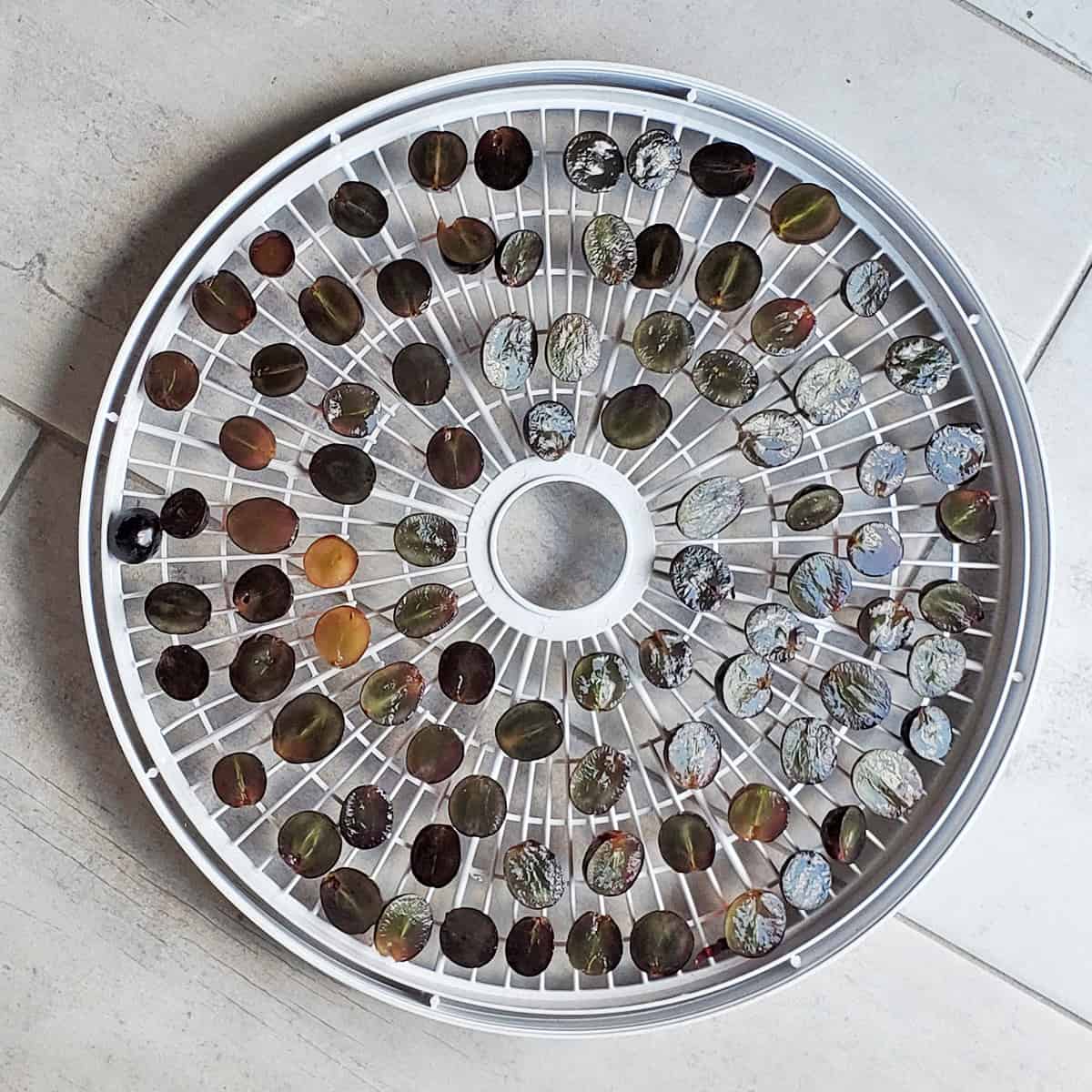
What causes Case Hardening in Food?
- Using a machine that can only produce one temperature – This happens most often in lower-end stackable dehydrators. They tend to dry hot enough for doing jerky but may be too hot for fruits and vegetables.
- It can also be from fruit pieces being cut too large, and the outer surface dries long before the inside can release moisture.
- Not puncturing the skins of berries or peas to ensure moisture can escape during drying.
- Not blanching foods like corn or berries to break down the skin.
- Using an oven to dry berries. Typically ovens run too hot, and without a means of air blowing across them, they may bake your food instead of drying it.
How to Prevent Case Hardening
1. Use the correct temperature
Keeping the correct temperature is key to preventing case hardening. You can get a downloadable temperature chart by joining the newsletter or a magnet/sticker for easy access right on your dehydrator!
- Fruits: 135°F / 57°C or lower
- Vegetables 125°F / 52°C or lower
2. Cut Pieces Uniformly
Effective drying results from uniform slicing and cutting (as uniform as you can get it). The thinner the better, and the smaller chunks, the better. Drying large pieces can create a case-hardening effect.
3. Break the Skins
When drying large whole-body berries or peas, it is important to break the skin during the pretreatment process.
- Pierce the skin with a sharp object (2-3 times can be helpful).
- Blanch – This technique is helpful for peas or cranberries with tougher skin to break the skin before drying.
- Freeze – Use the freezer to freeze the fruit for 24 hours before drying to help break down the fruit’s skin.
Learn more about pretreating fruit for dehydrating!
3. Rotate Your Trays.
If you have a stackable machine, rotate your trays at least once through the process. This way, foods don’t stay near the heat source longer than necessary. This helps with uniform drying all around.
4. Check your dehydrator temperature regularly.
Using an oven thermometer occasionally so that you know that it is reading true to the dial. You can use a hanging variety if you have room or a probe model for smaller spaces.
If you are using a machine that cannot adjust, you can prop trays open to allow the heat to escape. Monitor the temperature often with a probe thermometer. Of course, the best way is to upgrade your machine to one that has the temperature adjustment for the best results.
Oven Drying and Case Hardening
If drying in your oven, keep a thermometer handy to gauge the temperature. Prop your door open with a wooden spoon or silicone spatula(please be cautious, mobility-impaired folks). Having a fan blowing outside of the oven door helps pull heated air out.
Ovens can also cause a problem with case hardening when there is no air movement to help remove the humidity from the cavity of the oven. Thus, you may get the outside dry, but it just can’t move moisture out quickly enough to completely dry the inside of the fruit. (Tip: Cracking the door, as above, can help).
Darcy’s Tips
- Don’t use oxygen absorbers when storing dehydrated fruits. If the moisture content is above 15%, you may be creating an anaerobic environment for botulism to occur. Case hardening contributes to that possibility. Instead, use a moisture absorber.
- Make sure to check the pre-treatment process for dehydrating berries. It may feel as if you’re wasting time, but in the end, you’re really saving the quality of your food!
- Always condition dehydrated fruits and vegetables before storing. In 99% of the cases, you’ll be able to catch any moisture issues before there is a problem and return your food to the dehydrator to fix them! Learn more about conditioning!
- Don’t be overly concerned about case hardening in your dried foods. If you’ve trusted the process, you’ll be just fine!
This post was originally published on January 9, 2019.

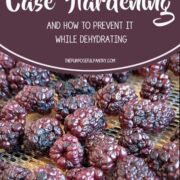
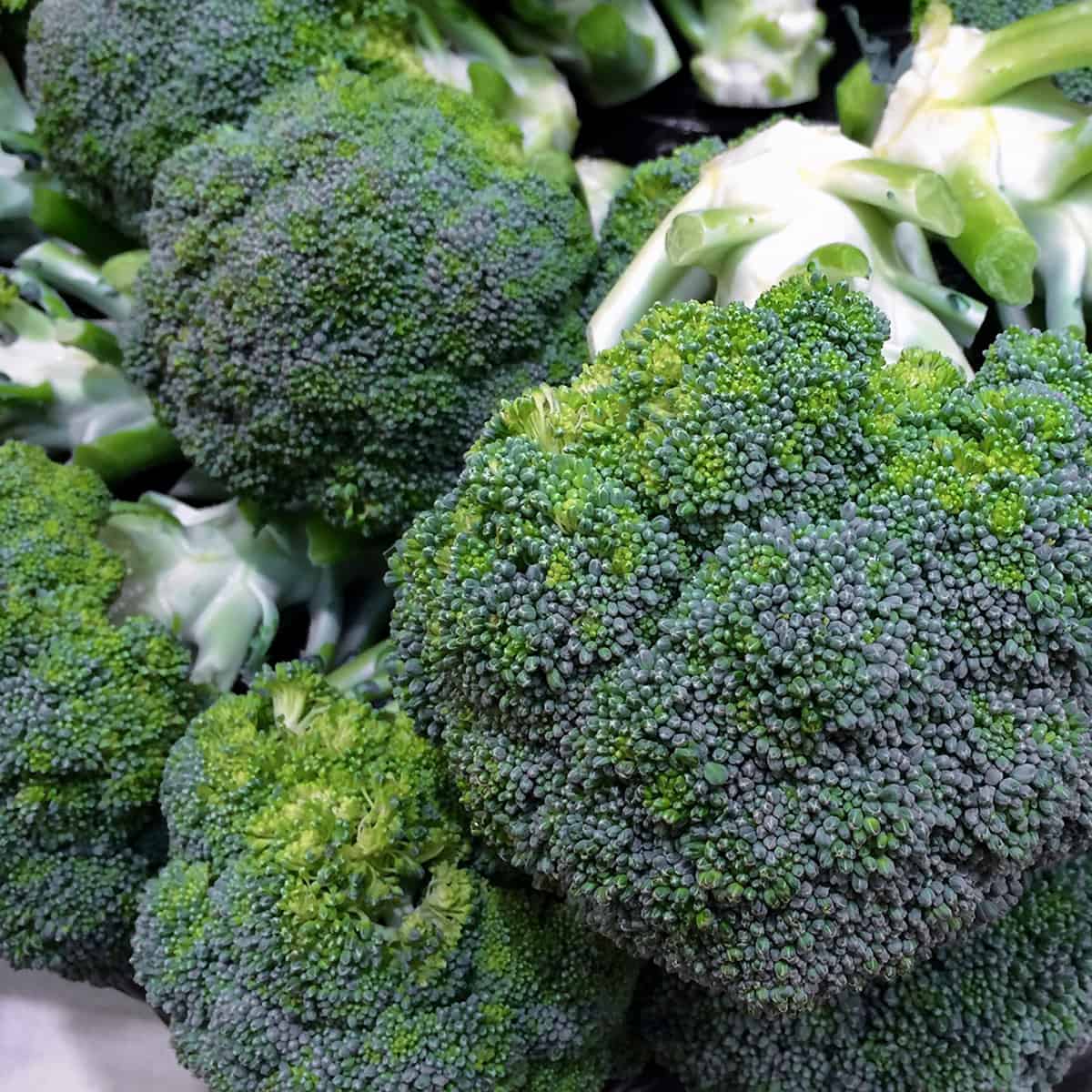

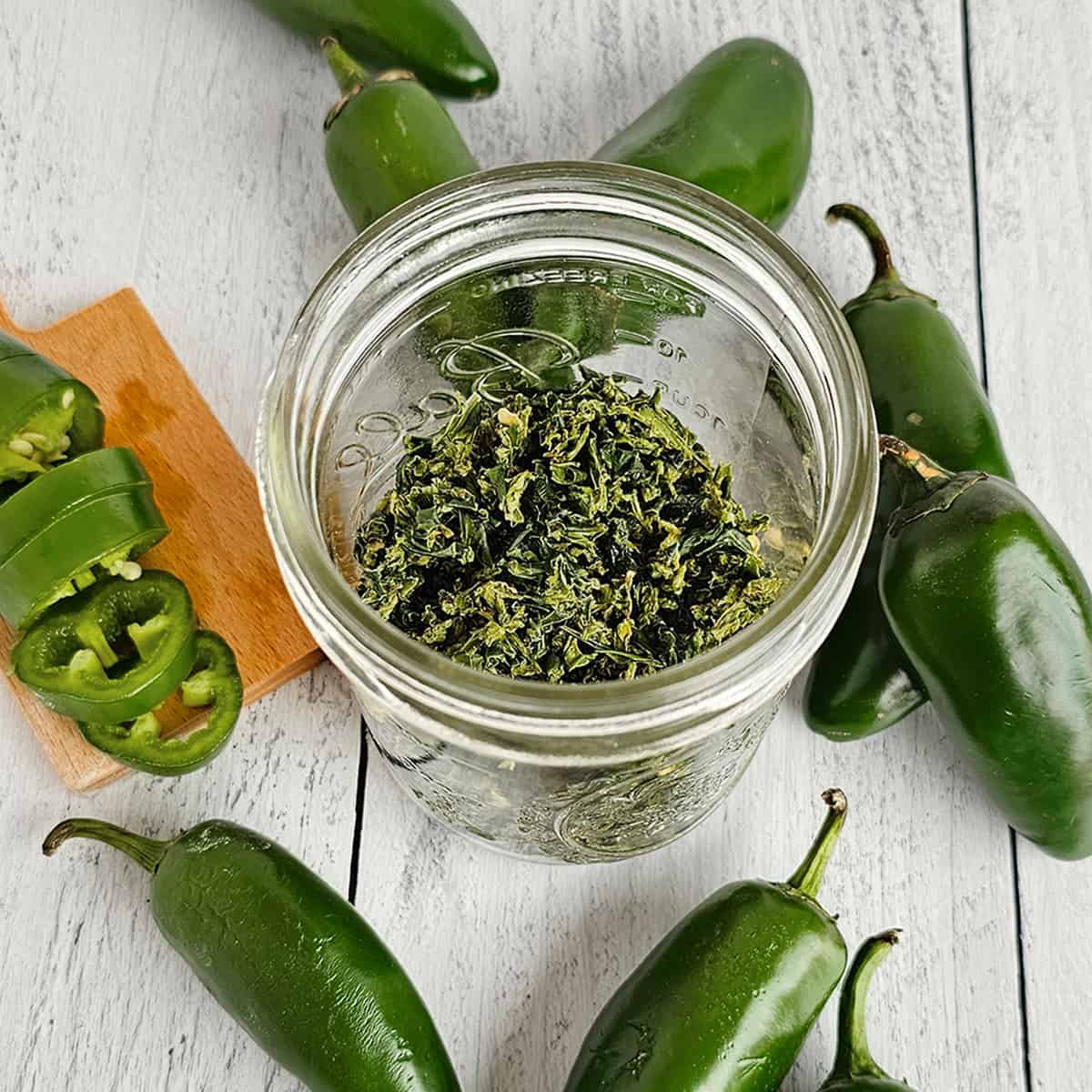
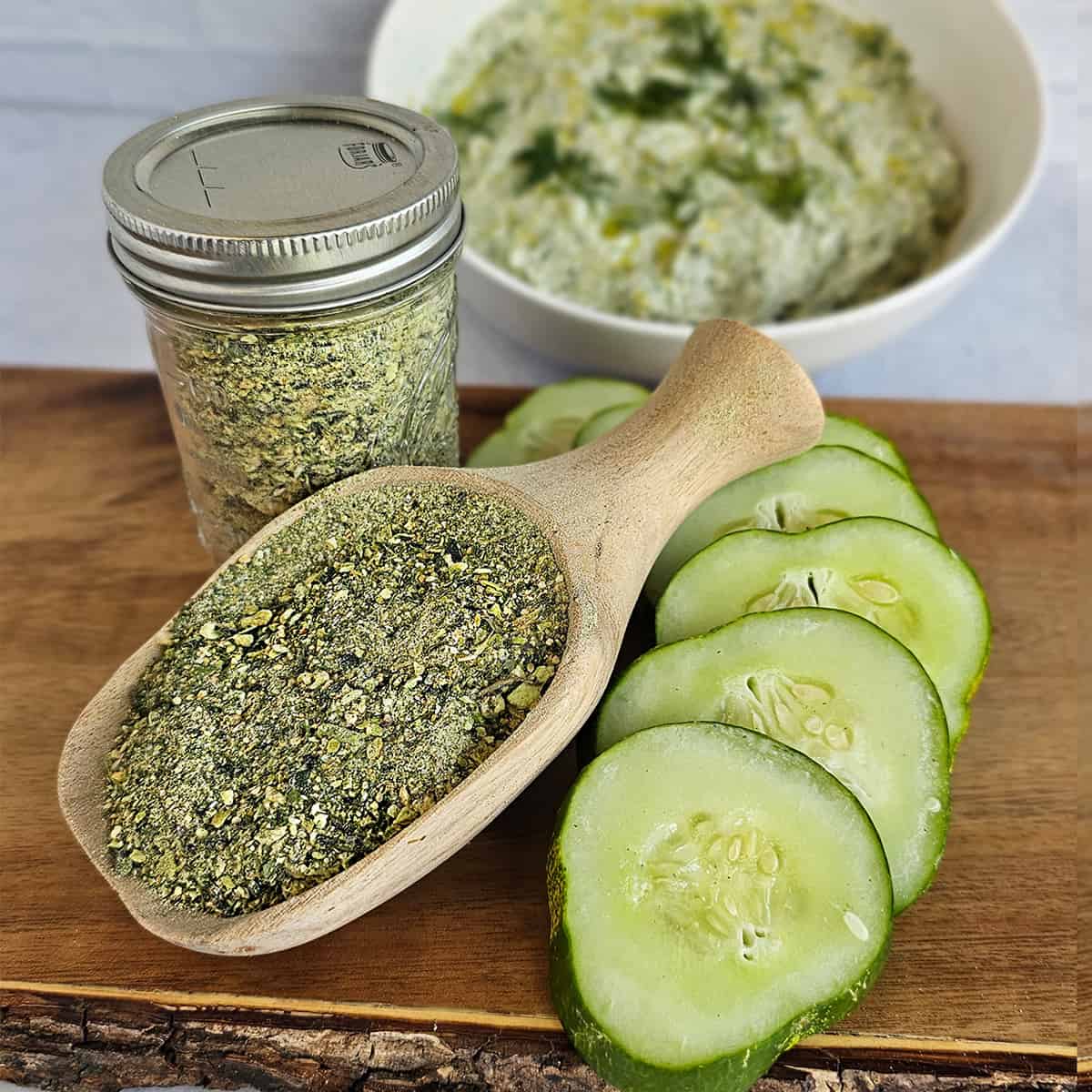
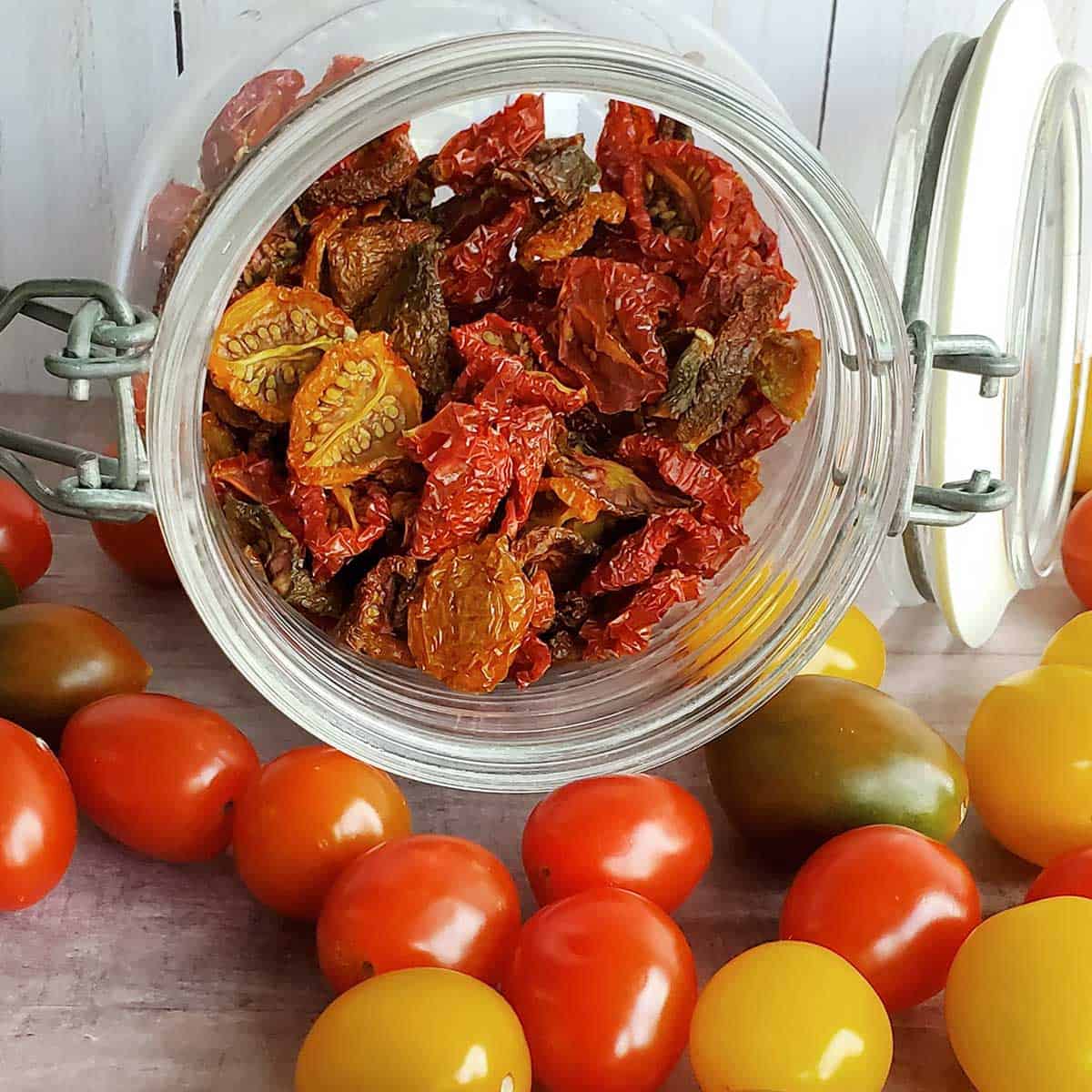
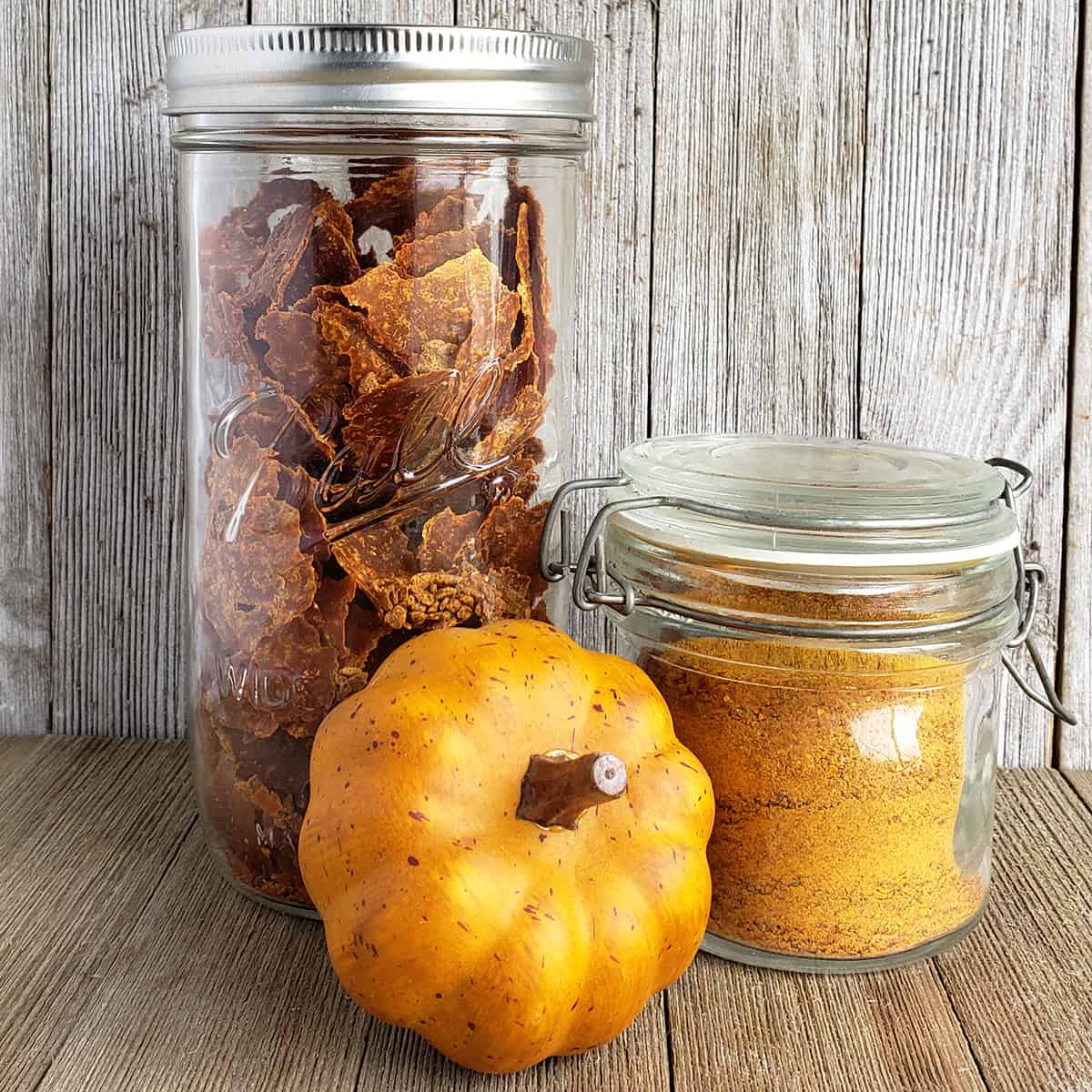
Thanks for the tips! I just dried mushrooms for a steak rub that turned out fantastic.
Great!